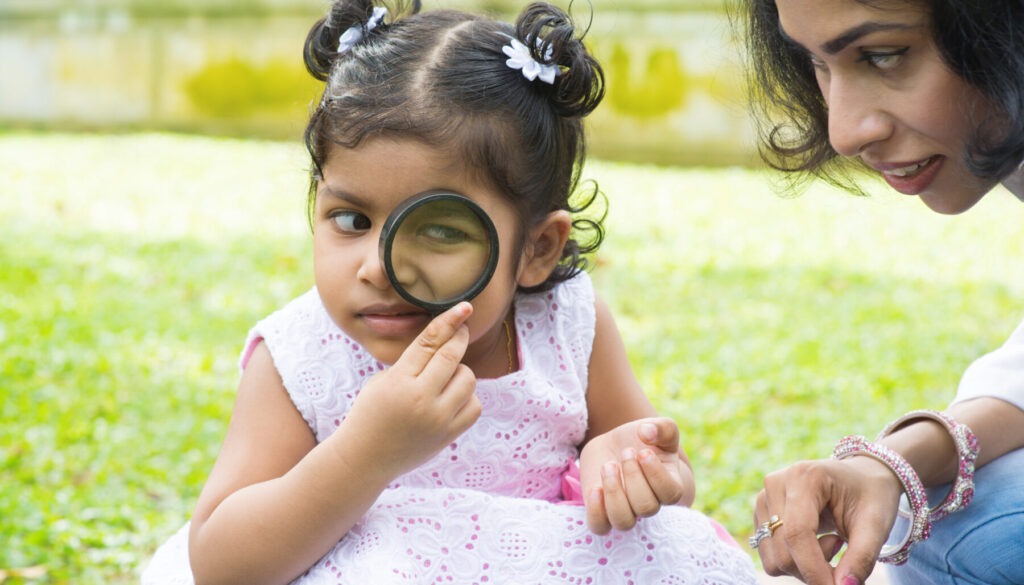Be a Behavior Detective: Understanding Your Child’s Actions

Ever wonder why your toddler throws their food, has a meltdown over socks, or suddenly hits a sibling for no reason? It might seem random, but most behavior in young children is actually a message in disguise.
That’s where becoming a behavior detective comes in. Instead of reacting right away, you pause, look for clues, and try to understand what your child is really telling you.
Behavior Is Communication
For young children, language is still developing. So instead of saying, “I’m tired,” “I feel left out,” or “That’s too loud,” they might cry, push, hide, or scream. Their behavior is their way of asking for help or expressing an unmet need.
Ask Yourself These 3 Questions:
- What happened before the behavior?
Did something trigger your child like hunger, frustration, or a transition? - What might my child be feeling?
Are they tired, overstimulated, bored, anxious, or needing attention? - What do they need in this moment?
Comfort, connection, a break, a snack, or help with a big feeling?
For Example:
The Behavior: Your 4-year-old suddenly dumps all the puzzle pieces on the floor and yells, “This is boring!”
What’s Beneath the Surface?
- They may feel overwhelmed because the puzzle is too hard.
- They may need connection, maybe they want you to play with them.
- They may be tired and unable to focus.
Behavior Detective Response:
“Looks like that puzzle felt really frustrating. Do you want a different activity, or would you like me to help you with it?”
When you act like a behavior detective, you help your child feel understood instead of punished, learn how to name and manage their feelings, and build trust and emotional safety. And you’ll feel more confident, too, because you’re responding with intention, not just reacting. Your child isn’t giving you a hard time; they’re having a hard time. When you look beneath the behavior, you build connection and teach the skills they need to grow.





